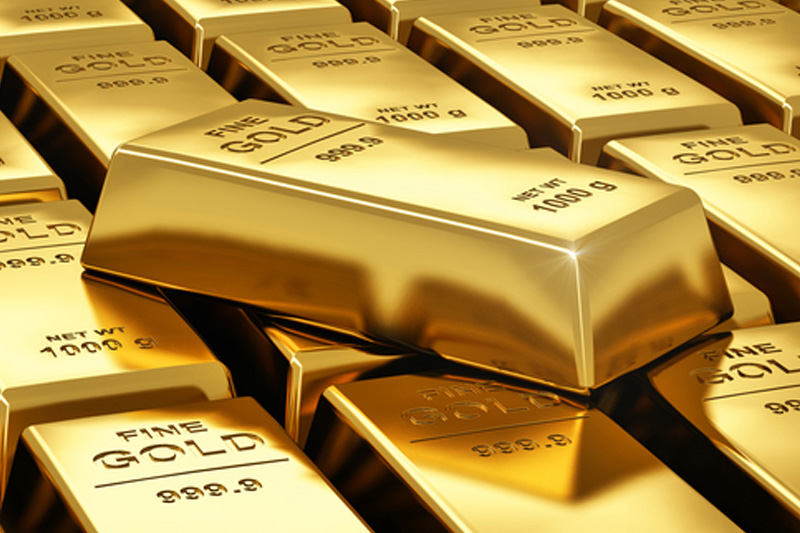Investing.com -- Gold fell mildly on Tuesday in spite of a slightly lower dollar as annual GDP in China grew at its slowest pace in a quarter century last year, dampening demand enthusiasm for the precious metal in the world's second-largest economy.
On the Comex division of the New York Mercantile Exchange, gold for February delivery traded between $1,082.50 and $1,094.30 an ounce, before settling at $1,089.30, down 1.20 or 0.11% on the session. Since surging by more than 1.5% last Friday during a massive sell-off in global equities, gold has inched down in each of the last three sessions. Gold is also down by approximately 2% since jumping to nine-week highs earlier this month when it peaked above $1,110 an ounce.
Gold likely gained support at $1,058.50, the low from December 31 and was met with resistance at $1,111.10, the high from Jan. 8.
On Tuesday morning, China's National Bureau of Statistics said the national economy grew by 6.8% in the fourth quarter, down slightly from the previous quarter and the weakest since the first quarter of 2009. Accordingly, annual GDP in 2015 rose by 6.9%, significantly lower than growth of 7.3% a year earlier and the lowest amount in 25 years. The reading fell in line with analysts' expectations, as strong services and consumption data offset weak manufacturing and exports figures.
For nearly three decades, from 1989 until 2015, the Chinese economy grew nearly 10% a year, including an all-time high of 15.4% in 1993. The Chinese government set a target of 7% growth in 2015, as the economy continues a transition from a manufacturing-based, test economy to a consumer-based, service one.
It also came one day after the People's Bank of China (PBOC) placed further requirements on foreign banks trading the yuan outside of the nation by forcing the institutions to place a portion of their deposits in reserves at the Chinese central bank. The mechanism is aimed at stemming downward pressure on the yuan, which has declined by nearly 6% since the PBOC caught global markets off guard by devaluing the renminbi on August 11. Earlier this month the offshore yuan, which trades freely against the dollar, fell to its lowest level against the greenback on record.
Even sharper losses in gold were limited by the prospects that the PBOC could introduce further stimulus measures in the coming months to bolster economic growth.
China is the world's largest producer of gold and the second-largest consumer of the precious metal, behind India.
The soft Chinese GDP growth prompted the International Monetary Fund to cut its global growth forecasts for 2016 by 20 basis points to 3.4%, marking the third time the agency has lowered its estimates over the last year. The IMF left its forecast for Chinese economic growth in 2016 unchanged at 6.3%, still sharply below its estimates a year earlier.
The U.S. Dollar Index, which measures the strength of the greenback versus a basket of six other major currencies, fell to 99.08 on Tuesday afternoon on a choppy, volatile day of trading. Earlier on Tuesday, the index jumped to an intraday high of 99.40, its highest level in nearly two weeks. The dollar remains near a 12-month high from December, when the index eclipsed 100.00.
Dollar-denominated commodities such as gold become more expensive for foreign purchasers when the dollar appreciates.
Silver for March delivery gained 0.219 or 1.58% to 14.105 an ounce.
Copper for March delivery jumped 0.033 or 1.71% to 1.978 a pound.
